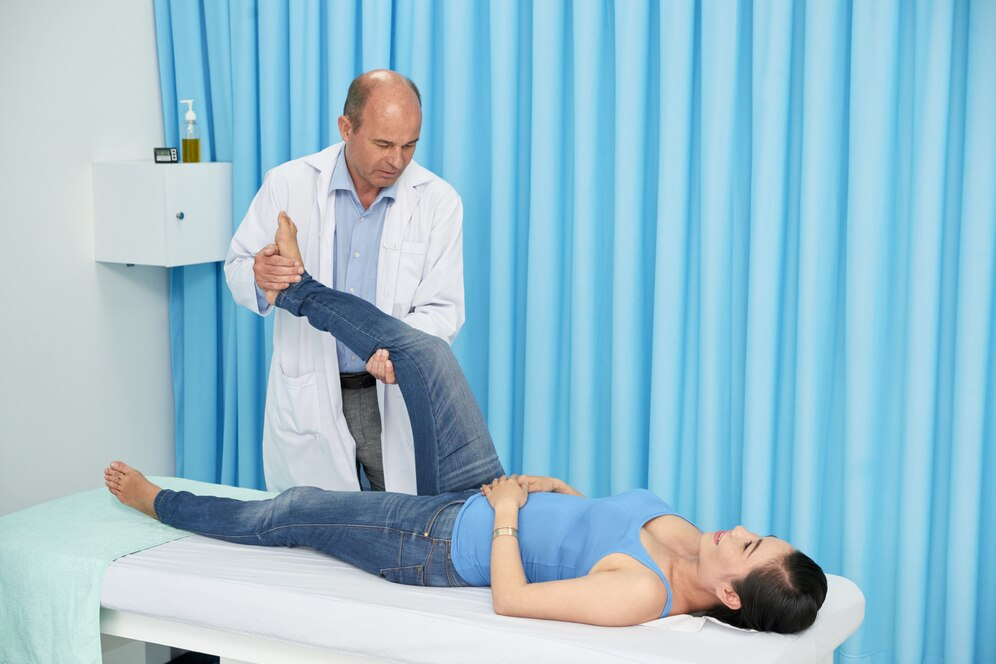Discover Your Perfect Healer Today!
Our online practitioner directory connects you with a wide range of healers to suit your unique needs.
Easily search and find the right professional to support your wellness journey.
Start exploring today to find your perfect match.
Modality
Disease
Books
Products
Events
Training
Blogs
Ayurveda
Understanding the Potential Side Effects and Precautions of Ayurveda
Ayurveda is a treatment concept of holistic medicine, originating from the ancient Indian tradition; while manifold benefits are offered, it has also side effects and ...
Read More → Written by
Michael Johnson
Herbal Medicine
“Mother of Herbs”: A Journey Through History and Uses
The expression “mother of all herbs” is captivating, insinuating a super-plant with unparalleled benefits. While no single herb can claim this reputation universally, different cultures ...
Read More → Written by
John Smith
Carnial Sacral Therapy
Craniosacral Therapy: Suitability & Exclusions
Cranial sacral therapy (CST) is a light touch hands-on method of enhancing the function of the craniosacral system, which includes the membranes and cerebrospinal fluid ...
Read More → Written by
David Brown
Reflexology
Understanding the Financial Investment in Reflexology Healing
Reflexology is a holistic approach to wellness. It involves applying pressure on specific zones in the feet, hands, and ears, which have been identified with ...
Read More → Written by
John Smith
Osteopath
Global Perspectives: How Osteopathy is Practiced Worldwide
Osteopathy has varied application methods in different parts of the world. While its philosophy is uniform, each region influences it with its culture as well ...
Read More → Written by
David Brown
Naturopathy
How to Choose the Right Naturopathy Practitioner
It is worth noting that the route to good health can best be guaranteed by a qualified naturopath practitioner. Since there are several practitioners, it ...
Read More → Written by
Michael Johnson






